Beyond Labels: The Precious vs. Semi-Precious Gemstone Dilemma
14 Oct 2024
1 comment
For centuries, gemstones have captured the fascination of people not only for their beauty but also for their meaning and value. Traditionally, gemstones have been categorized into two main groups: precious and semi-precious. Read our blog to find out the reasons behind this classification and beyond all address : Does it really matter?
For centuries, gemstones have captured the fascination of people not only for their beauty but also for their meaning and value. Traditionally, gemstones have been categorized into two main groups: precious and semi-precious. This classification has historical roots, dating back to ancient civilizations that valued gemstones for jewelry, religious artifacts, and symbols of power.
Understanding the Precious Stones
Precious gemstones are naturally occurring stones that possess striking beauty and are relatively rare, making them highly desirable. Notable examples of precious stones include diamonds, rubies, emeralds, and sapphires. These gems are particularly valued for their exceptional hardness, clarity, and limited availability. On the Mohs scale, which measures a mineral's resistance to scratching, precious stones typically receive higher scores. For instance, diamonds score a perfect ten, making them the hardest natural substance. Sapphires and rubies follow closely with a score of nine, underscoring their durability and suitability for fine jewelry.
Understanding the Precious Stones
Precious gemstones are naturally occurring stones that possess striking beauty and are relatively rare, making them highly desirable. Notable examples of precious stones include diamonds, rubies, emeralds, and sapphires. These gems are particularly valued for their exceptional hardness, clarity, and limited availability. On the Mohs scale, which measures a mineral's resistance to scratching, precious stones typically receive higher scores. For instance, diamonds score a perfect ten, making them the hardest natural substance. Sapphires and rubies follow closely with a score of nine, underscoring their durability and suitability for fine jewelry.
Exploring the World of Semi-Precious Stones
In contrast, the term "semi-precious" was introduced in the 18th century as a way to classify gemstones that do not fit into the precious category. This classification encompasses a diverse range of gems, including alexandrite, agate, amethyst, aquamarine, garnet, lapis lazuli, moonstone, opal, pearl, peridot, rose quartz, spinel, tanzanite, tourmaline, turquoise, and zircon. Semi-precious stones are generally more abundant and feature a wide variety of colors and unique structures due to the natural geological processes that create them. For example, quartz, one of the most common minerals on Earth, includes several varieties such as citrine, amethyst, and smoky quartz, each distinguished by its own color variations.
The physical appearances of semi-precious stones can vary greatly, often showcasing stunning patterns due to their crystal structures. Agate, for example, is known for its distinctive banded patterns, while lapis lazuli is celebrated for its rich blue hues. Generally, these gemstones rank lower on the Mohs scale, reflecting their relative softness. Amethyst, for instance, is recognized for its stunning violet color and scores a seven, making it a popular choice for intricate jewelry designs.
In contrast, the term "semi-precious" was introduced in the 18th century as a way to classify gemstones that do not fit into the precious category. This classification encompasses a diverse range of gems, including alexandrite, agate, amethyst, aquamarine, garnet, lapis lazuli, moonstone, opal, pearl, peridot, rose quartz, spinel, tanzanite, tourmaline, turquoise, and zircon. Semi-precious stones are generally more abundant and feature a wide variety of colors and unique structures due to the natural geological processes that create them. For example, quartz, one of the most common minerals on Earth, includes several varieties such as citrine, amethyst, and smoky quartz, each distinguished by its own color variations.
The physical appearances of semi-precious stones can vary greatly, often showcasing stunning patterns due to their crystal structures. Agate, for example, is known for its distinctive banded patterns, while lapis lazuli is celebrated for its rich blue hues. Generally, these gemstones rank lower on the Mohs scale, reflecting their relative softness. Amethyst, for instance, is recognized for its stunning violet color and scores a seven, making it a popular choice for intricate jewelry designs.
Questioning the Classification
The fairness of classifying gemstones as precious or semi-precious has come under scrutiny in recent years. This division lacks a solid scientific basis and is primarily rooted in historical perceptions of value and rarity. For instance, both emeralds and aquamarines belong to the same mineral family of beryl; however, emeralds are deemed precious while aquamarines are considered semi-precious. This classification originated mainly due to market differences in value and rarity between the four traditional precious stones and the others.
Interestingly, many semi-precious stones can be more valuable than certain precious stones today. For example, high-quality natural pearls can often command prices that surpass those of low-grade diamonds, rubies, or emeralds. Additionally, some semi-precious stones are rarer and more challenging to source than their precious counterparts. Stones like demantoid garnets and tsavorite garnets, for instance, are much harder to find and mine.
In the end, when purchasing a gemstone, it is essential not to get too caught up in whether a stone is labeled as precious or semi-precious. All gemstones carry value, especially if they hold personal significance to the buyer. Ultimately, every gemstone is unique and meaningful, particularly when it enhances the beauty of a piece of jewelry cherished by someone.
The fairness of classifying gemstones as precious or semi-precious has come under scrutiny in recent years. This division lacks a solid scientific basis and is primarily rooted in historical perceptions of value and rarity. For instance, both emeralds and aquamarines belong to the same mineral family of beryl; however, emeralds are deemed precious while aquamarines are considered semi-precious. This classification originated mainly due to market differences in value and rarity between the four traditional precious stones and the others.
Interestingly, many semi-precious stones can be more valuable than certain precious stones today. For example, high-quality natural pearls can often command prices that surpass those of low-grade diamonds, rubies, or emeralds. Additionally, some semi-precious stones are rarer and more challenging to source than their precious counterparts. Stones like demantoid garnets and tsavorite garnets, for instance, are much harder to find and mine.
In the end, when purchasing a gemstone, it is essential not to get too caught up in whether a stone is labeled as precious or semi-precious. All gemstones carry value, especially if they hold personal significance to the buyer. Ultimately, every gemstone is unique and meaningful, particularly when it enhances the beauty of a piece of jewelry cherished by someone.

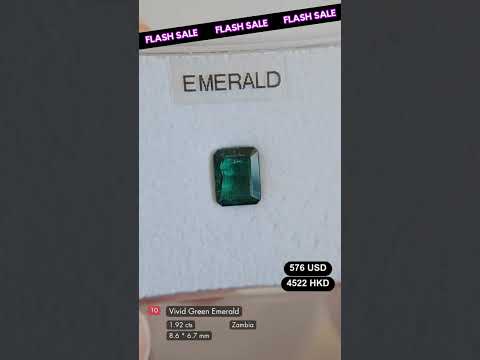

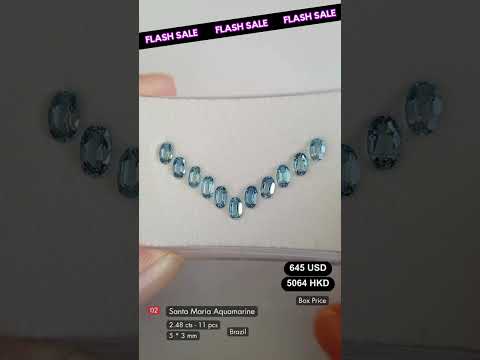

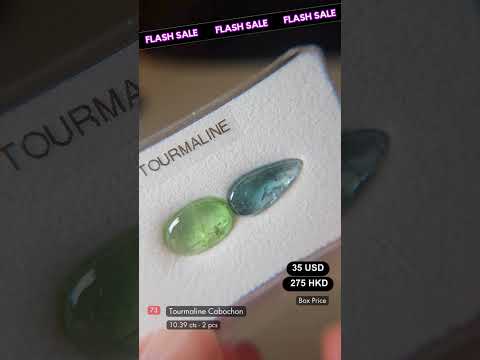

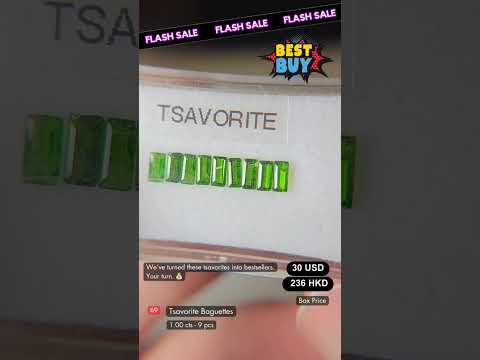

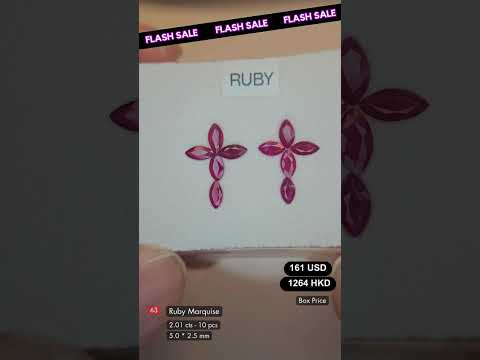




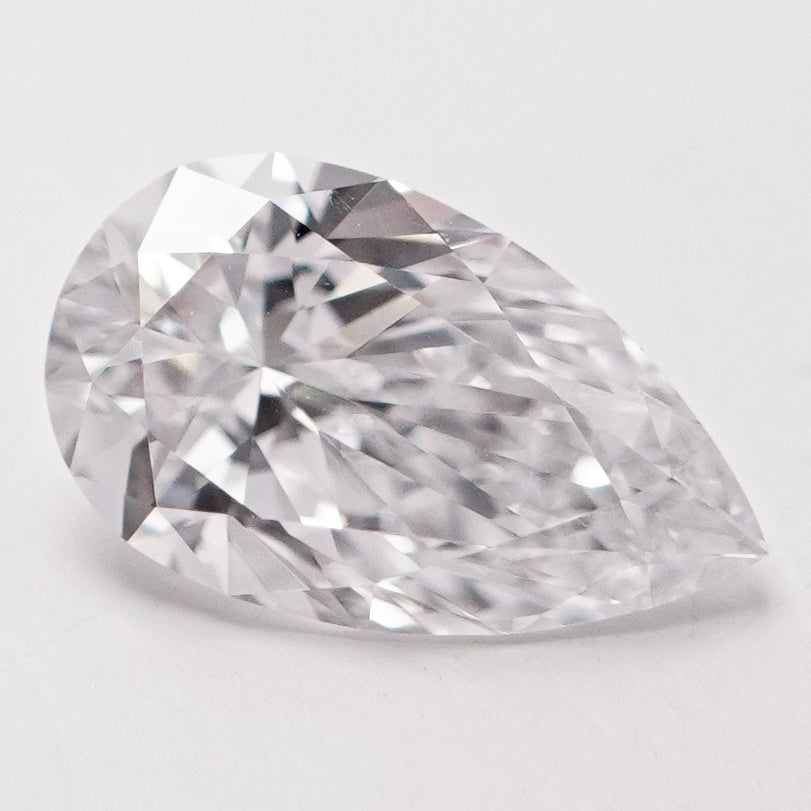
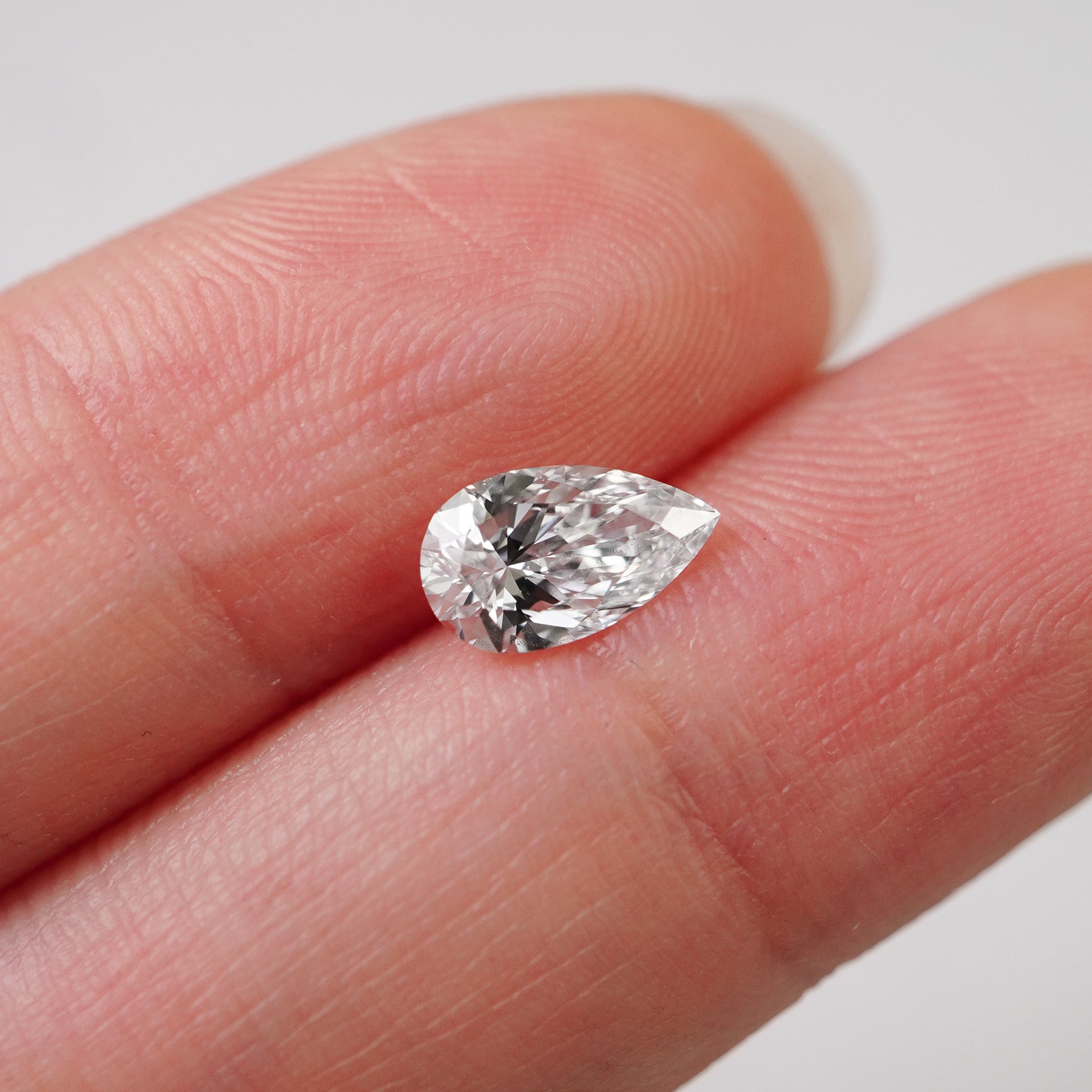












1 comment
326803781 do I have to register them?